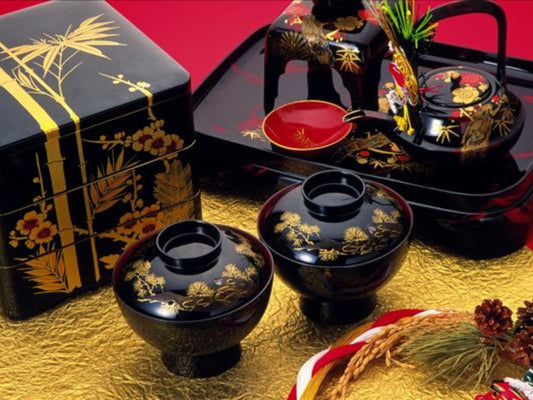Shotengai Magazine

Kintsugi: An Art of Repair
Kintsugi is a Japanese art form of repair. It’s also a philosophy that emphasizes the value of imperfection and the beauty of flaws. It is based on the idea that something that has been...
Kintsugi: An Art of Repair
Kintsugi is a Japanese art form of repair. It’s also a philosophy that emphasizes the value of imperfection and the beauty of flaws. It is based on the idea that something that has been...

Wagakki (II) :Japanese Traditional Instruments
Wagakki, Japanese traditional instruments, are an integral part of the country's culture. Each of these instruments has its own unique sound and style, and together they create a unique and...
Wagakki (II) :Japanese Traditional Instruments
Wagakki, Japanese traditional instruments, are an integral part of the country's culture. Each of these instruments has its own unique sound and style, and together they create a unique and...

Japanese Traditional Music (I): Hogaku
Japanese pop music develops from traditional music. Japan has rich and splendid traditional music that stretches back centuries. In Japanese, traditional music is known as “hogaku, normally referring to music from...
Japanese Traditional Music (I): Hogaku
Japanese pop music develops from traditional music. Japan has rich and splendid traditional music that stretches back centuries. In Japanese, traditional music is known as “hogaku, normally referring to music from...

Shikki: The Delicate Japanese Lacquerware
Shikki (lacquerware) is a Japanese craft of painting paper, basketry, leather, and wooden items with “urushi.” It is one of Japan's most iconic traditional handicrafts. For centuries, it has been used...
Shikki: The Delicate Japanese Lacquerware
Shikki (lacquerware) is a Japanese craft of painting paper, basketry, leather, and wooden items with “urushi.” It is one of Japan's most iconic traditional handicrafts. For centuries, it has been used...

Wagyu: The Prime Japanese Beef
Wagyu, the juicy, fatty, and tender Japanese beef, is one of the most expensive ingredients. They have crazy Intramuscular Fat (IMF), also known as marbling. It is adored by Michelin-starred...
Wagyu: The Prime Japanese Beef
Wagyu, the juicy, fatty, and tender Japanese beef, is one of the most expensive ingredients. They have crazy Intramuscular Fat (IMF), also known as marbling. It is adored by Michelin-starred...

Nihon Teien: The Aesthetic Japanese Garden
Nihon Teien is traditional Japanese landscaped gardens that incorporate Japanese aesthetic and philosophical ideas, the designers of which avoid artificial decorations and highlight natural landscapes. It is a refuge from...
Nihon Teien: The Aesthetic Japanese Garden
Nihon Teien is traditional Japanese landscaped gardens that incorporate Japanese aesthetic and philosophical ideas, the designers of which avoid artificial decorations and highlight natural landscapes. It is a refuge from...
